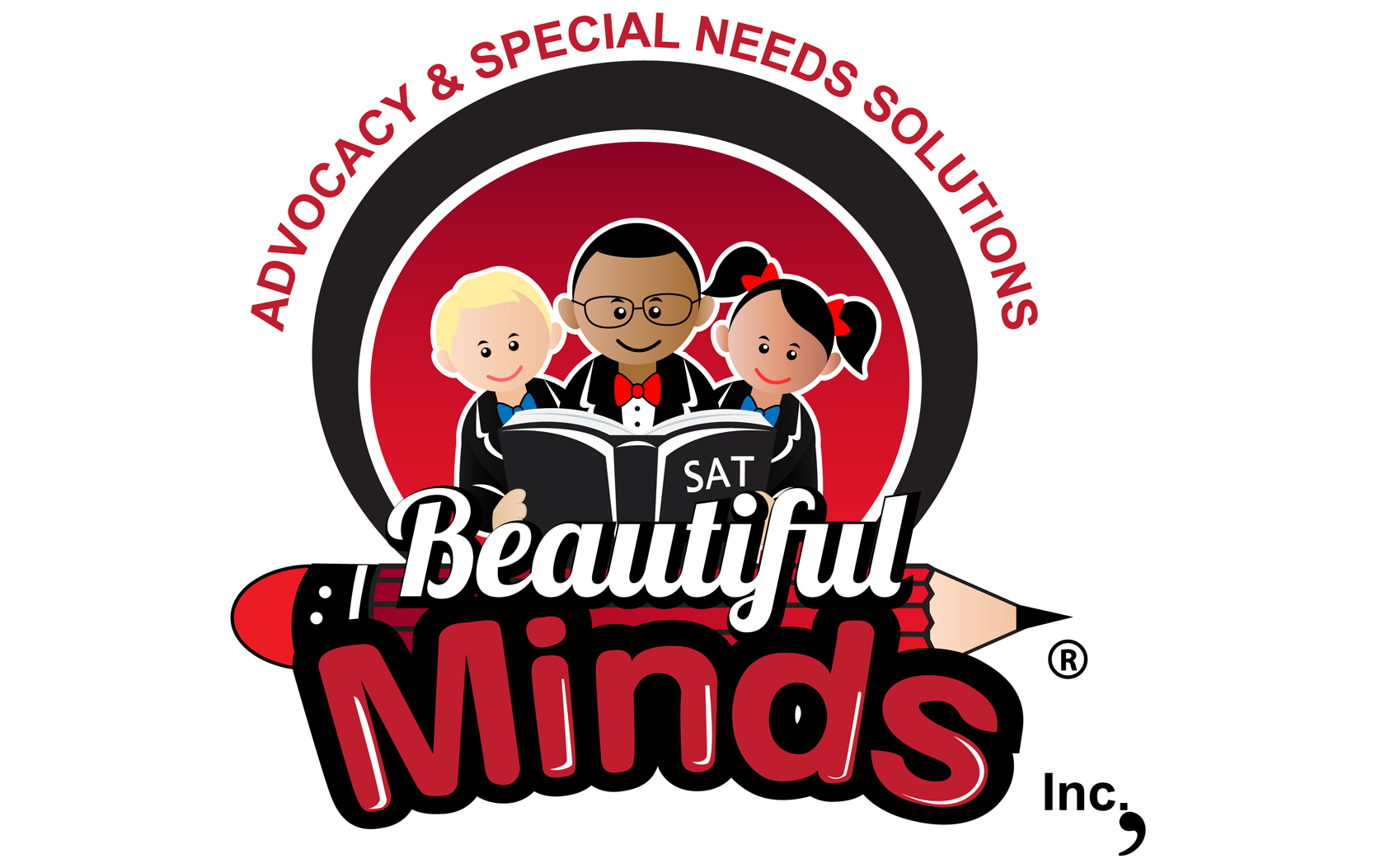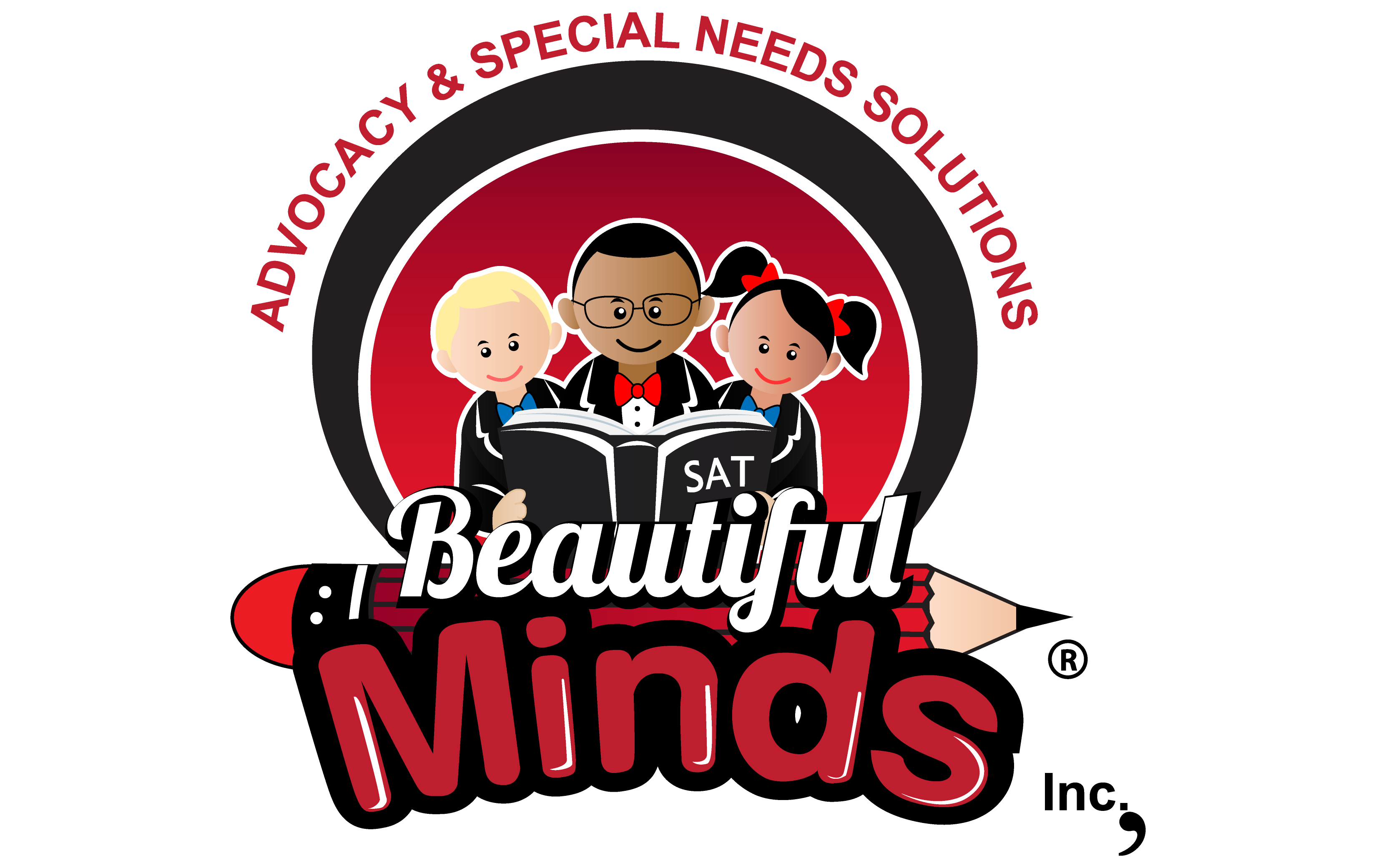By: Dr. Ifeanyi Ufondu, Ph.D.
A worried mother says, “There’s so much publicity about the best programs for teaching kids to read. But my daughter has a learning disability and really struggles with reading. Will those programs help her? I can’t bear to watch her to fall further behind.”
Fortunately, in recent years, several excellent, well-publicized research studies (including the Report of the National Reading Panel) have helped parents and educators understand the most effective guidelines for teaching all children to read. But, to date, the general public has heard little about research on effective reading interventions for children who have learning disabilities (LD). Until now, that is!
This article will describe the findings of a research study that will help you become a wise consumer of reading programs for kids with reading disabilities.
Research reveals the best approach to teaching kids with LD to read
You’ll be glad to know that, over the past 30 years, a great deal of research has been done to identify the most effective reading interventions for students with learning disabilities who struggle with word recognition and/or reading comprehension skills. Between 1996 and 1998, a group of researchers led by H. Lee Swanson, Ph.D., Professor of Educational Psychology at the University of California at Riverside, set out to synthesize (via meta-analysis) the results of 92 such research studies (all of them scientifically-based). Through that analysis, Dr. Swanson identified the specific teaching methods and instruction components that proved most effective for increasing word recognition and reading comprehension skills in children and teens with LD.
Some of the findings that emerged from the meta-analysis were surprising. For example, Dr. Swanson points out, “Traditionally, one-on-one reading instruction has been considered optimal for students with LD. Yet we found that students with LD who received reading instruction in small groups (e.g., in a resource room) experienced a greater increase in skills than did students who had individual instruction.”
In this article, we’ll summarize and explain Dr. Swanson’s research findings. Then, for those of you whose kids have LD related to reading, we’ll offer practical tips for using the research findings to “size up” a particular reading program. Let’s start by looking at what the research uncovered.
A strong instructional core
Dr. Swanson points out that, according to previous research reviews, sound instructional practices include: daily reviews, statements of an instructional objective, teacher presentations of new material, guided practice, independent practice, and formative evaluations (i.e., testing to ensure the child has mastered the material). These practices are at the heart of any good reading intervention program and are reflected in several of the instructional components mentioned in this article.
Improving Word Recognition Skills: What Works?
“The most important outcome of teaching word recognition,” Dr. Swanson emphasizes, “is that students learn to recognize real words, not simply sound out ‘nonsense’ words using phonics skills.”
What other terms might teachers or other professionals use to describe a child’s problem with “word recognition”
- decoding
- phonics
- phonemic awareness
- word attack skills
Direct instruction appears the most effective approach for improving word recognition skills in students with learning disabilities. Direct instruction refers to teaching skills in an explicit, direct fashion. It involves drill/repetition/practice and can be delivered to one child or to a small group of students at the same time.
The three instruction components that proved most effective in increasing word recognition skills in students with learning disabilities are described below. Ideally, a reading program for word recognition will include all three components.
Increasing Word Recognition Skills in Students With LD
| Instruction component | Program Activities and Techniques* |
|---|---|
| Sequencing | The teacher:
|
| Segmentation | The teacher:
|
| Advanced organizers | The teacher:
|
* May be called “treatment description” in research studies.
Improving reading comprehension skills: What works?
The most effective approach to improving reading comprehension in students with learning disabilities appears to be a combination of direct instruction and strategy instruction. Strategy instruction means teaching students a plan (or strategy) to search for patterns in words and to identify key passages (paragraph or page) and the main idea in each. Once a student learns certain strategies, he can generalize them to other reading comprehension tasks. The instruction components found most effective for improving reading comprehension skills in students with LD are shown in the table below. Ideally, a program to improve reading comprehension should include all the components shown.
Improving Reading Comprehension in Students With LD
| Instruction component | Program Activities and Techniques* |
|---|---|
| Directed response/questioning | The teacher:
The teacher and student(s):
|
| Control difficulty of processing demands of task | The teacher:
The activities:
|
| Elaboration | The activities:
|
| Modeling of steps by the teacher | Teacher demonstrates the processes and/or steps the students are to follow. |
| Group instruction | Instruction and/or verbal interaction takes place in a small group composed of students and teacher |
| Strategy cues | The teacher:
The activities:
|
* May be called “treatment description” in research studies.
Evaluating your child’s reading program
Now you are well-equipped with research-based guidelines on the best teaching methods for kids with reading disabilities. At Beautiful Minds Inc.- Advocacy & Special Needs Solutions, we provide guidelines that will serve you well, even as new reading programs become available. To evaluate the reading program used in your child’s classroom, Beautiful Minds inc. founder, Dr. Ifeanyi Ufondu recommends you follow these steps:
- Ask for detailed literature on your child’s reading program. Some schools voluntarily provide information about the reading programs they use. If they don’t do this — or if you need more detail than what they provide — don’t hesitate to request it from your child’s teacher, special education teacher, resource specialist, or a school district administrator. In any school — whether public or private — it is your right to have access to such information.
- Once you have literature on a specific reading program, locate the section(s) that describe its instruction components. Take note of where your child’s reading program “matches” and where it “misses” the instruction components recommended in this article. To document what you find, you may find our worksheets helpful.
- Find out if the instruction model your child’s teacher uses is Direct Instruction, Strategy Instruction, or a combination approach. Some program literature states which approach a teacher should use; in other cases, it’s up to the teacher to decide. Compare the approach used to what this article describes as being most effective for addressing your child’s area of need.
- Once you’ve evaluated your child’s reading program, you may feel satisfied that her needs are being met. If not, schedule a conference with her teacher (or her IEP team, if she has one) to present your concerns and discuss alternative solutions.
Hope and hard work — not miracles
Finally, Dr. Swanson cautions, “There is no ‘miracle cure’ for reading disabilities. Even a reading program that has all the right elements requires both student and teacher to be persistent and work steadily toward reading proficiency.”
But knowledge is power, and the findings of Dr. Swanson’s study offer parents and teachers a tremendous opportunity to evaluate and select reading interventions most likely to move kids with LD toward reading success.

At Beautiful Minds Inc. we understand that strengthening skills through play is a proven strategy to help kids learn. For kids with special needs, video games can offer opportunities to practice everything from communication skills to organization — even social interactions — in a comfortable environment where players set the pace. While games designed specifically for kids with special needs can address certain issues, many mainstream titles can support your kid’s learning. Dr. Ifeanyi Ufondu, founder and psychologist at Beautiful Minds Inc. -Advocacy & Special Needs Solutions states, “Mainstream games can boost a sense of independence and confidence in kids with special needs, provide the ability to ask for help, and let them challenge themselves.” Try these games to help kids with special needs in these five areas:
COMMUNICATION
Games that promote visual storytelling, social modeling, and language patterns can help kids with speaking, listening, and communicating. Learn more about communication challenges.
Cool School: Where Peace Rules, Mac, Windows
This free game helps kids practice conflict resolution.
Itzazoo, Windows
Using “living ink” technology, kids’ drawings are animated and incorporated into this unique learn-to-read game.
Storybook Workshop, Nintendo Wii
Players take turns reading fairy tales aloud, and the game changes your voice to fit the scene.
Apps for kids on the autism spectrum
MOTOR SKILLS
Games that encourage movement — from dancing to sports to drawing to handwriting — strengthen muscle memory and put a name to an action. Learn more about motor skill challenges.
Active Life: Magical Carnival, Nintendo Wii
Using both the standard Wii remote and a special floor mat that tracks players’ foot movements, this collection of fantasy-themed mini-games gets kids moving as it tests their short-term memory, their ability to follow instructions quickly, and their skill at matching colors, shapes, and patterns.
Disney Fantasia: Music Evolved, Microsoft Xbox 360, Xbox One
By moving like a conductor in time with specific sounds, this innovative rhythm game teaches kids about music and provides plenty of physical exercise. Kids will feel as though they’re actually manipulating and creating music while getting a modest physical workout.
LetterSchool, iPad, iPhone, iPod Touch
LetterSchool does a great job of teaching letter writing with a three-step process: Learn the starting points for each stroke, trace the letter, and write the letter without hints. Once you draw the letter, it animates, which is a sweet reward.
Organization
Developing new routines, transitioning activities, and managing time are challenges for kids who struggle with executive functioning. Games that emphasize visual scheduling and break big jobs into smaller tasks can help. Learn more about organizational challenges.
Disaster Hero, Mac, Windows
This free Web game visually demonstrates what to do in case of emergency. Upon completion, players gain a sense of empowerment, as they will know the recommended steps for planning for, anticipating, and responding to a natural disaster.
Engineering.com Games, Mac, Windows
With about 100 engineering, physics, aerospace, and logic games, kids can find a wealth of opportunities to practice skills such as decision-making, deduction, and prediction that help build understanding of sequential directions.
Super Mario Maker, Nintendo Wii U
Kids learn step-by-step processes as they use the Wii U GamePad’s stylus to design, create, and share their very own Super Mario adventures.
READING & WRITING
Games that give both verbal and written instructions, break down directions into small steps, and focus on the player’s strengths can help boost reading and writing skills. Learn more about reading and writing challenges.
Elegy for a Dead World, Mac, Windows
It sounds creepy, but Elegy for a Dead World is a free-form storytelling game that gives kids the freedom to write whatever they want using prompts or their own imaginations.
Mia Reading: The Bugaboo Bugs, Mac, Windows
With 12 learning activities and four levels of difficulty, Mia Reading takes kids on a super-engaging learning adventure that covers a wide range of literacy basics, including associating words with images, phonics, spelling, sentence structure, and more.
Scribblenauts Unlimited, Nintendo Wii U
Kids can learn about puzzle solving while exercising their vocabularies and stretching their imaginations in this highly creative puzzle adventure. When the game prompts them to help a character, kids write a word using the Wii U’s stylus, and voila — the item appears on-screen!
So let’s get out there and get gaming! Beautiful Minds Inc.
Dr. Ifeanyi Ufondu


